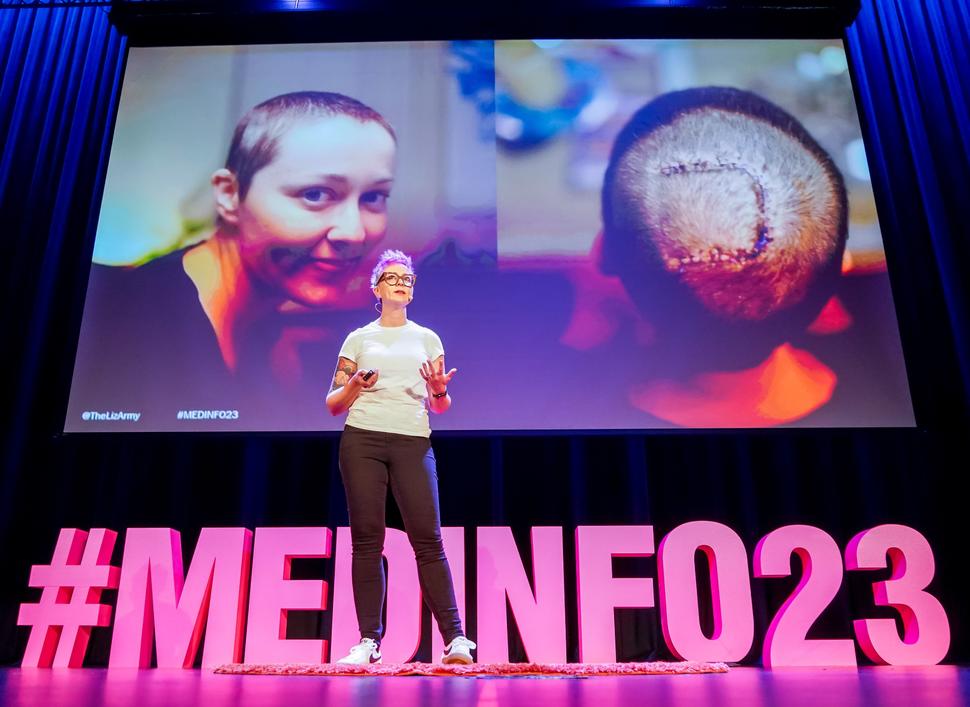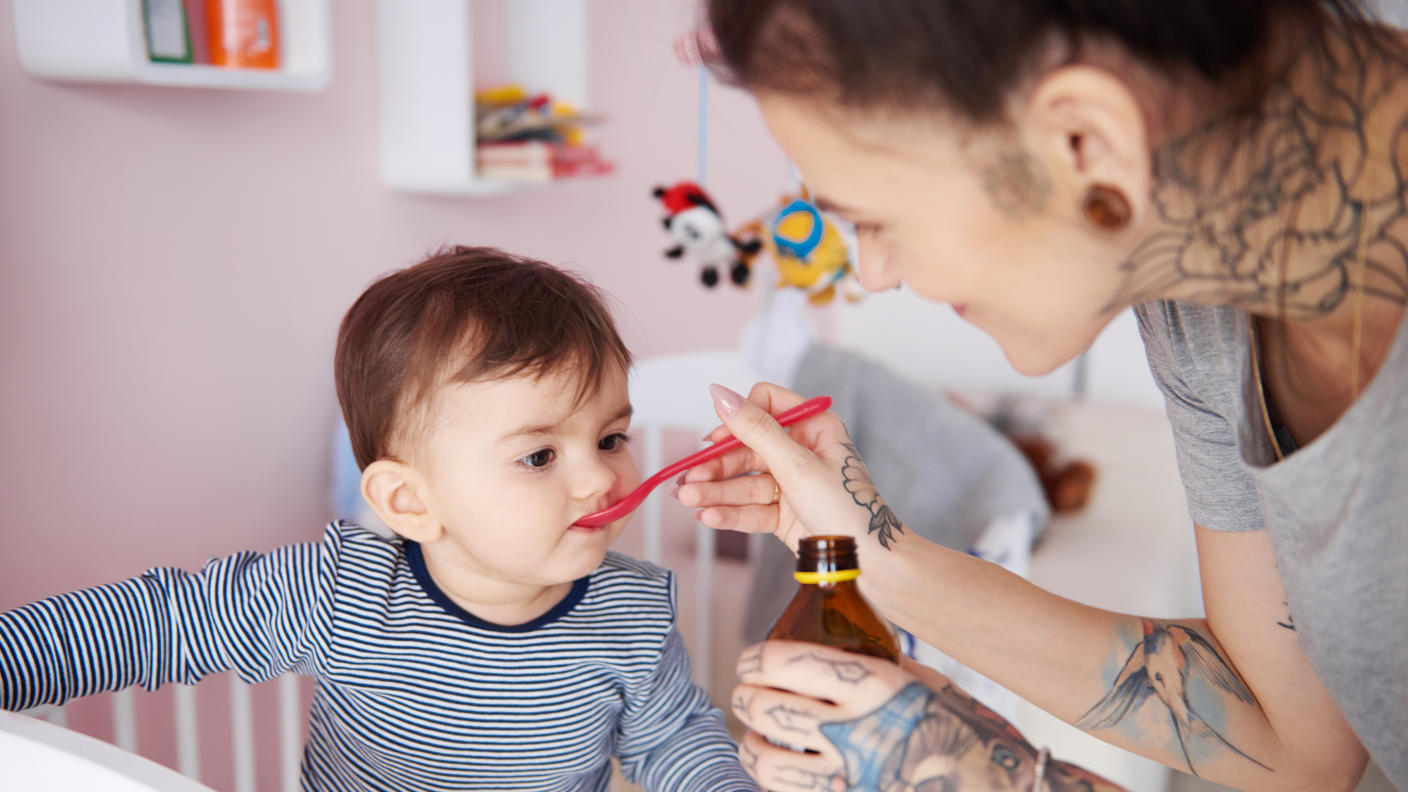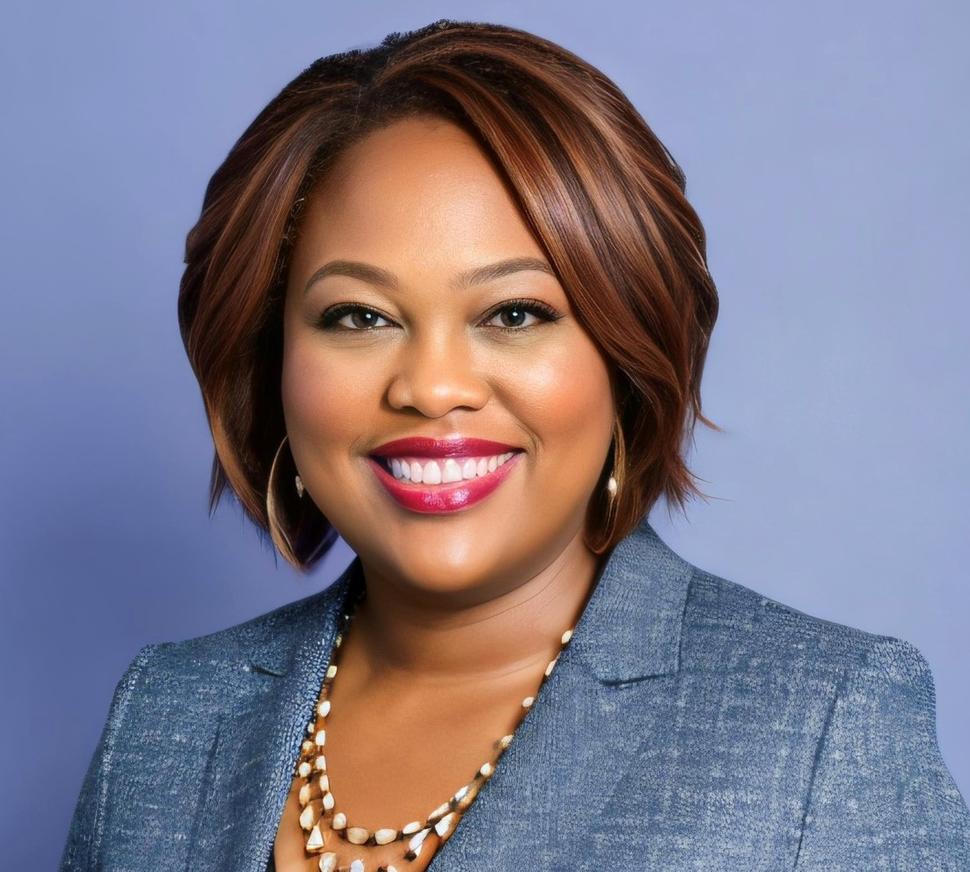Engaging People with Low-Grade Glioma in Cancer Research
, by Edward Winstead
Some people with low-grade glioma, a type of brain tumor, can live for years, even decades, without the disease worsening. But eventually these cancers start to grow, and little is known about why—or how—this happens.
An NCI-supported study called OPTIMUM (Optimizing Engagement in Discovery of Molecular Evolution of Low-Grade Glioma) could provide some answers.
The study, which is part of the Cancer Moonshot initiative, aims to improve the care of people with low-grade glioma by understanding more about the biology of the disease. To achieve this goal, the study is exploring new ways to involve participants in cancer research.
“We are attempting to engage and recruit participants to the study through a wide variety of approaches,” said OPTIMUM co-leader Elizabeth Claus, M.D., Ph.D., a neurosurgeon at Brigham and Women’s Hospital in Boston and a professor in the Yale School of Public Health.
In addition to speaking directly with patients in clinical settings, the study is engaging people through social medial channels and enlisting the help of patient organizations such as the American Brain Tumor Association and the National Brain Tumor Society, Dr. Claus added.
Her hope is that getting more patients to participate in research will help provide important insights into improving patient care.
The most common malignant primary brain tumor in adults
Gliomas are the most common type of malignant primary brain tumor in adults. When gliomas are diagnosed, they are graded from 1 to 4, with the higher numbers indicating a worse prognosis.
Many adults with lower-grade glioma (grades 2/3) are diagnosed at relatively young ages, in their 20s, 30s, and 40s. The tumors tend to grow slowly at first, and surgery is often the initial treatment.
But at some point, the disease generally worsens and requires radiation and/or chemotherapy, often after a second surgery. These treatments, as well as the disease itself, often cause cognitive changes that can reduce a person’s quality of life, including difficulty concentrating, learning, and remembering new things.
“The optimal ways to manage these tumors are not known,” said Dr. Claus. Compared with more aggressive brain tumors such as glioblastomas, she continued, lower-grade gliomas have historically received much less attention from researchers.
Learning more about how to treat low-grade glioma
OPTIMUM was developed to address the lack of knowledge about the disease—both its biology and the experiences of people who have it. In addition to genomic analyses of tumors, the study involves listening to people affected by the disease to better understand the challenges they face and their priorities for future studies.
The goal is to help people with these brain tumors not just to survive, Dr. Claus said, but survive with a high quality of life.
“We are asking participants—most of whom are in the prime of their lives and are busy with work, family, and life in general—about what is important to them and what would be helpful to them,” she said. Some options for support include neuro-cognitive rehabilitation, help with issues such as disability and life insurance, and fertility management.
The OPTIMUM team is also interested in learning more about the best timing for treatment and when it might be possible to safely delay treatment. Results from clinical trials have suggested that some new treatments such as drugs that inhibit brain tumors with mutations in the IDH1 or IDH2 genes may postpone the need for additional treatments, Dr. Claus noted.
“We hope to look at these questions in a real-world setting,” she said, adding that the majority of lower-grade gliomas have mutations in either IDH1 or IDH2.
An opportunity to participate in genomic research
OPTIMUM researchers are also studying the best ways “to engage people as partners in research—not just as participants but as the co-designers of studies,” said OPTIMUM co-leader Bethany Kwan, Ph.D., of the University of Colorado School of Medicine.
“By involving patients, care partners, and other community representatives in the research process, we hope to make research participation more equitable and research findings more broadly relevant,” Dr. Kwan added.
She and her colleagues are trying to enroll participants from all over the country and include a representative group with diverse socioeconomic and racial and ethnic backgrounds.
OPTIMUM is the first opportunity for people with low-grade glioma to participate in genomic research, according to Liz Salmi, who has been living with a grade 2 astrocytoma, a type of low-grade glioma, for nearly 16 years.
Since her diagnosis at age 29, Ms. Salmi has become an advocate for people with cancer and a researcher who studies communication among scientists, physicians, and patients.
Over the past few years, it has become more common for people with diseases such as cancer to become directly involved in guiding the direction of research on their diseases, noted Ms. Salmi, who works on a research project called OpenNotes at Beth Israel Deaconess Medical Center in Boston.
“More researchers are starting to say, ‘Hey, we should really talk to the people who have experience living with certain conditions and involve them in setting research agendas and priorities,’” said Ms. Salmi.
Along with being an OPTIMUM co-investigator, Ms. Salmi is part of the study’s Research Advisory Council. This group, which includes people living with low-grade glioma, care partners, doctors, and researchers, discusses priorities for future research, among many other topics.
Another member of the council is Nestelynn Gay, a patient resource coordinator for Henry Ford Health in Michigan. Diagnosed with the disease a decade ago, at age 37, Ms. Gay runs a Facebook group for more than 4,000 people with low-grade glioma.
“My work on the advisory council is very important to me, because there are no cures for this disease…yet,” she said.
Collecting data on environmental exposures
Since launching last year, OPTIMUM has enrolled more than 140 participants. To be eligible, an individual must have had two or more surgeries for the disease. OPTIMUM team members collect the tumor samples from the hospitals where surgery occurred. Participants are also asked for a blood sample.
The study builds on the International Low Grade Glioma Registry, which includes almost 700 people with lower-grade glioma.
In addition to collecting data on potential genetic and environmental risk factors for the disease, the registry has information on how treatments affect patient outcomes and quality of life.
OPTIMUM researchers have collected information about non-genetic factors that may play a role in the disease, including environmental exposures. Dr. Claus and her colleagues at the Yale School of Public Health recently found evidence for an association between chemicals called haloalkanes, which are found in flame retardants and fire by-products, and glioma risk.
Based on this finding and prior reports linking firefighting to glioma, the Yale researchers have teamed up with colleagues at the University of California, San Francisco, to study glioma in firefighters.
“We are actively recruiting these individuals into the registry to learn more about such exposures and glioma risk,” said Dr. Claus.
Making it easier for people to participate in cancer research
A core tenet of OPTIMUM is that participants receive the results of the genomic analyses conducted on their tumors. And although the study aims to make it easier for patients to participate in research, some challenges have emerged.
For instance, the infrastructure does not exist for people to easily access and share their medical records. Potential participants may have received care from multiple hospitals, and the researchers leading OPTIMUM might need these records.
The OPTIMUM team is addressing some of the technical difficulties related to obtaining participants’ health records, Dr. Kwan explained. “But currently it’s quite challenging for patients to be able to access their health records and share their data,” she said.
Many people with low-grade glioma are willing to participate in research, Dr. Kwan noted. But researchers need to educate these individuals about what genomics is and how genomic test results might inform a doctor’s recommendations for treatment, she added.
Just as important, it should be easy for people living with low-grade glioma to participate in studies. “We need to give potential participants specific guidance on what exactly they need to do, and it needs to be extremely easy for them,” Dr. Kwan said.
Ms. Salmi agreed. “Patients need help—some kind of onboarding process—to participate in research,” she said.
“A diagnosis can be overwhelming,” Ms. Salmi continued. “People are never prepared for all the medical and life decisions they must make soon after being diagnosed with a brain tumor. This is not the kind of thing they teach in health class.”
People with low-grade glioma are ready to help
For Ms. Salmi and others living with cancer, partnering with researchers can be a meaningful experience.
“For those of us who are able to continue to use our words—especially those of us affected by brain tumors—sharing information is important,” she said. “We want to be helpful.”
The OPTIMUM Research Advisory Council embodies Ms. Salmi’s belief that medicine works best when physicians, researchers, and patients work together.
“Every person on our council is there because they want to make a difference,” she said. “And while we might not be the experts on the science, we bring something else to the table—we are the experts on the patient experience.”


